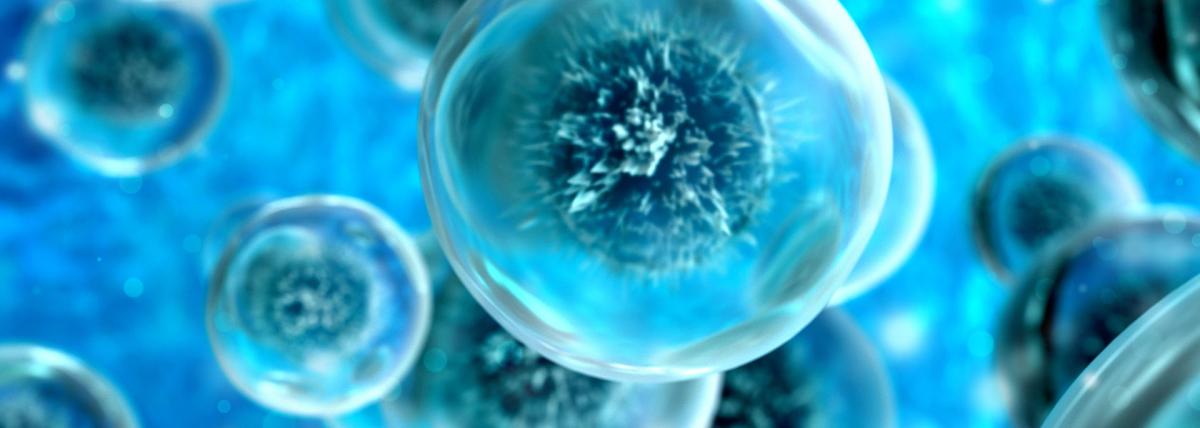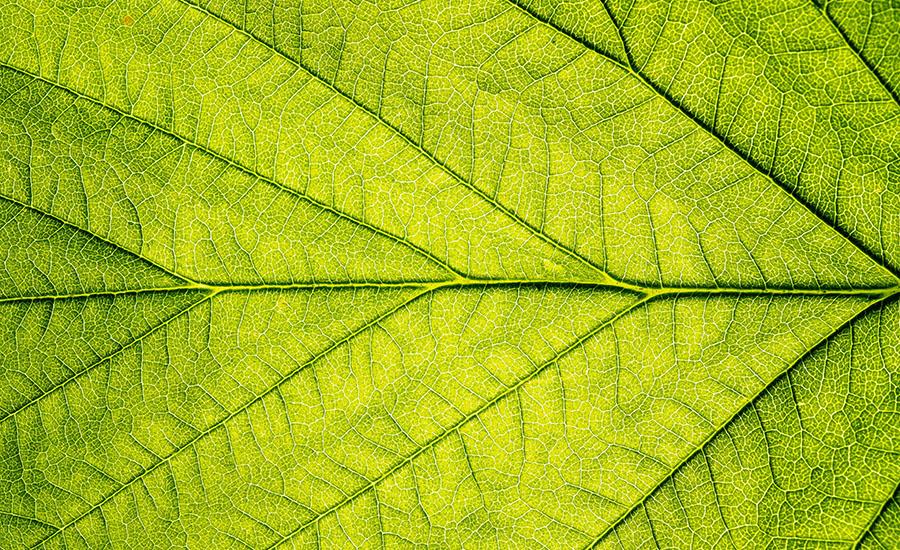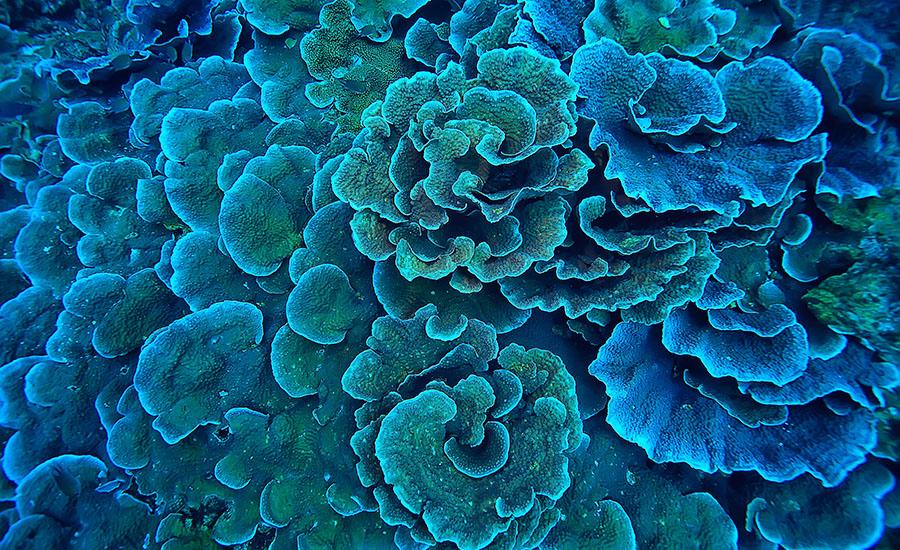
Animal Structures & Functions
by Callee Escobar
Students will be able to recognize that living things are made up of parts. Different animals use their body parts in different ways to see, hear, grasp objects, protect themselves, move from place to place, and seek, find, and take in water and air. Plants also have different parts (roots, stems, leaves, flowers, fruits) that help them survive and grow. These parts are the structure of an organism to carry out its life functions. Some external parts of organisms are easy to see; others may be so small that magnification is needed. Some internal parts may not be obvious unless students look inside the object.
Lesson Grade Level
3rd GradeLesson Plan Link/URL
https://docs.google.com/presentation/d/1KCcTKHMBPPjtkSpAhfQjQodbZwsf7L_A/edit?u…Related Content

Grades:
8th Grade, 9th Grade, 10th Grade, 11th Grade, 12th Grade
This lesson is designed to allow students the experience to move from an additive understanding in mathematics to a multiplicative understanding through this activity called Cootie Catcher. The

Grades:
6th Grade, 7th Grade, 8th Grade
This is an 8-lesson unit that is designed to be used together to learn about the health and diversity of your local watershed by placing leaf packs into a water source (natural or man-made ponds

Grades:
6th Grade, 7th Grade, 8th Grade
In this hands-on lesson, students will consider what they think about several different closed systems. Then students will design and carry out investigations of living things to inform their closed